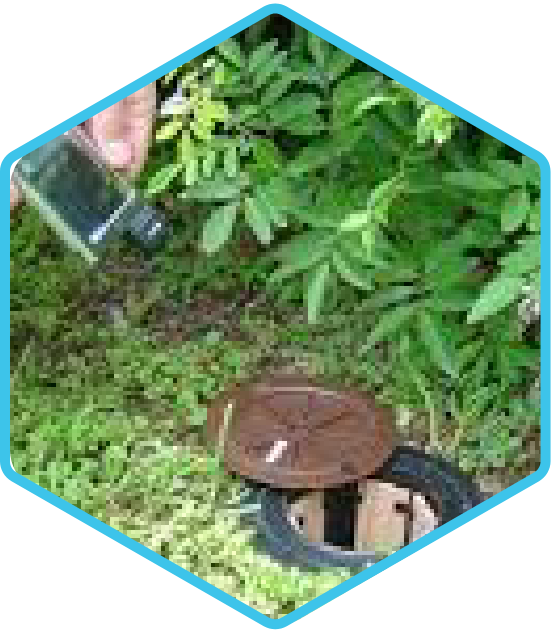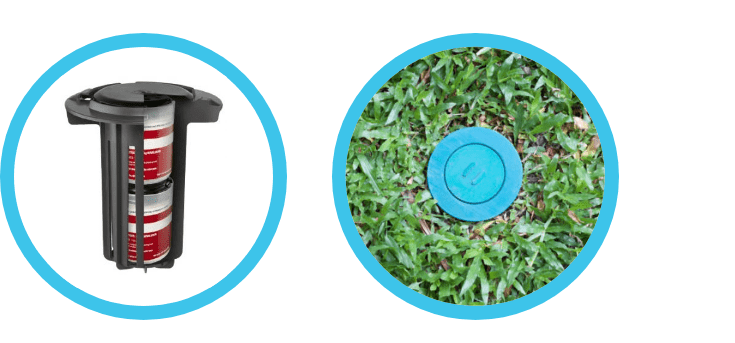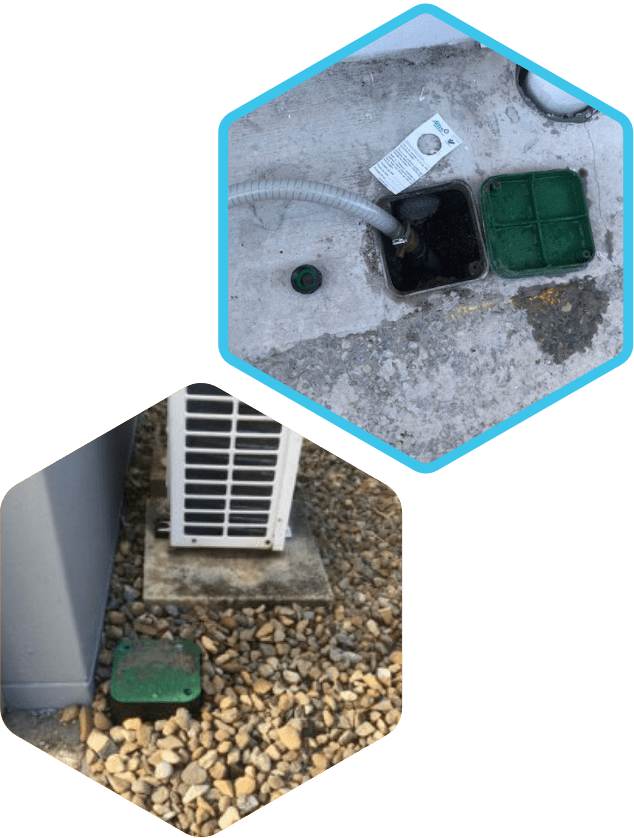
Termite Barriers and Termite Protection
Termite barriers? Termite Baiting stations? Reticulation systems? Physical barriers such as Kordon, Termimesh, Termiglass, Termseal, Homeguard, the list goes on and on, but what does it all mean?
We know the world of termite protection can be confusing and full of misinformation (depending on where you look). Hopefully by the end of this you will have more of an idea how each works and what system you would prefer.
Not all options are available to all structures. The suitability will be ascertained by your Viking Pest Control technician and they will advise you according to the best options applicable to your building’s construction type.

We can point out our recommendations but at the end of the day it is your home and your choice.
Based on budget, construction, issues and plans for the future we can help you decide on the best option available. We want what you want, to protect your biggest investment with the best solution available to you. Even if you aren’t thinking of taking the next step just yet, it pays to be well versed in the full range of options available.
Physical Systems (installed at time of construction)
A physical barrier is an obstruction to termites (be it a fine mesh, plastic, glass, foam or paint product) that is installed or applied to a structure as the building is being constructed. Its sole purpose is to obstruct termite entry to areas that cannot be readily visually observed. This could be on brickwork, piers, construction cold joints or service penetrations (pipework extending through the buildings base slab/footprint) That are usually unable to be visually inspected.

Although the common misconception is that this obstruction will protect the home from all manner of termite attack, a physical barrier will still allow termites to bridge over it and enter the structure through other means. It will not actively kill termites or protect the house from persistent invasive species. That is why the annual inspections are a necessary part of the ongoing care for these systems. If termites get in, it is better to catch them early so that damage and restoration costs are reduced.
The Main Options available to structures already constructed
-
Non-Active monitoring and Active Baiting systems
-
Chemical Barriers and Reticulation systems.
Non-Active monitoring and Active aiting Systems
-
(Non Active) Timber Monitoring systems
– Such as Exterra, Nemesis, Termatrix and some DIY products.
These are stations that are in the ground placed usually within 3 meters of each other around the entire perimeter of the structure close to the perimeter. When a slab is around the perimeter a core will have to be cut through the slab that is capped off with a lid that can be painted or tiled the same as the surrounds.

The stations work by having an attractive food source loaded into them (namely timber). Decaying timber releases CO2 and termites can sense this as a nearby food source. Termites are drawn into feeding on the timber and once found by the inspector, can be baited. This is the cheapest form of protection initially, but requires the most on going costs due to inspections and maintenance. The timber readily decays and requires refreshing every 12-18 months.
The stations are not effectively doing anything apart from attracting termites to them and do require the feeding to be observed in order for them to be baited/treated. It is for this reason that constant regular inspections are a must and self monitoring (unless stringently adhered to) should be avoided. If left unmaintained they actually become more of a conducive condition and a danger than a source of protection. We rarely recommend this form of protection as we have witnessed stations that have had feeding in them but when inspected the termites have already left.
- Active stations
– Such as TRELONA ATBS and SENTRICON Always Active.

These stations are installed in the same fashion as the monitoring system with one major difference, they have an active ingredient. Once feeding has commenced the insect growth regulators start working their way through the termite colony and establishing some measure of control. As explained in the ‘modes of action’ section, this is slower than traditional poisons but provides a great way to protect your home particularly with tricky construction types of structures such as multi and split level. There are also a host options with these systems through a combination of active and non-active stations that can be interchanged depending on risk of attack and environmental conditions, but we recommend always having an active station based on the logic that if it is attacked, it will start working straight away.
Chemical Termite Barriers
The immediate soiled perimeter around the property is excavated to the footings (concrete base) of the structure and the soil is assessed primarily for it’s composition and chemical retention capabilities. If all is within tolerance the soil is then treated uniformly as being backfilled to form a treated area within the trench. The concreted areas around the structure are then drilled at uniform distance apart and high pressure injected with the same termiticide. It is through this method that a continuous treated zone can be implemented and an effective barrier achieved.
This type of system is generally the most popular and reliable. It has the heaviest price tag initially, but has little to no ongoing costs for the service life of the product (so works out cheaper over a few years). They are effectively set and forget systems that offer superb reliability and effectiveness. It is our opinion that non-repellents are the best type of products to use for this due to the transfer effect offering a more reliable method of colony control.

Deterrent (Repellent) type barriers
These termite barriers consist of using a product the termites can readily identify as toxic and they will tend to stay as far away from it as possible. If the termites come into contact with this product they will die quickly and learn to stay away from the treated zone. sounds good in theory but, if termites know where the product is, they also know where it is not. Throughout installation Viking aims to give you the best treatment possible, however there can be factors out of sight that we cannot account for such as large rocks, clay or tree roots etc under the concrete areas that the product will not readily absorb into, pass through or under. This can create minor untreated areas and with this product being obvious to termites could create a problem. It is for this reason we generally do not include this type of system in our quoted options unless requested.
Non Deterrent (Non repellent) barriers
Non deterrent (Non repellent) barriers – Fipforce Aqua, Termidor, Termidor HE
In our opinion these products offer increased stability and tend to last longer and bind better to the different types of substrate. Due to their non deterrent properties they rely on the natural transfer effect termites generate through their normal behaviour. As the infected termites interact, groom and feed each other they will unknowingly pass the poison through the colony and in turn provide a more thorough form of protection.
In addition to the different types of non-repellent products there are different qualities presented in each.
Normal generic products will have a service life of 5 years and a general particle behaviour that will allow for the spacing between injection holes in the concrete of 200mm.
The next level & long standing industry standard is Termidor, which was the original product launched with Fipronil (non-repellent) as the active ingredient which we offer with a 6 year recommended service life.
In our opinion Termidor HE is the best product for termite protection currently available. It has advanced Polymers that allow it to distribute itself more evenly through the substrate. Instead of 200mm drill injection points in concreted areas it offers spacings of up to 450mm apart. This allows for a more pleasant looking end result as it can often be drilled in the grout line of tiles and injected through a smaller injection needle. The particle size and behavioural characteristics of Termidor HE is far superior to anything in the market and offers up to 8 years protection with an additional 2 years localised treatments by Viking Pest Control as a testament to our belief in this product.
Reticulation systems
Reticulation systems are comprised of the same process as the chemical barrier only with the added installation of a high grade delivery pipe that can have the termiticide pumped into it after the service life of the first barrier has been reached. Instead of having to re-excavate the area you can simply pump the product directly into the pipe at dedicated fill points around the home. These are particularly of use if there is a slab to be laid against the house and the owner does not want the slab to be drilled. After installation of reticulation the area can remain visually undisturbed.
The choice inevitably boils down to your plans and budget in the coming years. If you plan to keep the house for more that 15 years we would highly recommend Termidor HE as this will require only completing the treatment twice instead of 3-4 times with lesser products.

It’s important to weigh up your options with the knowledge you now have. Please let us know if you have any questions and we will gladly answer as soon as we can.
We look forward to getting you the best option, for you! For further info or to arrange a free site visit please reach out on
DON’T DELAY,
CALL A VIKING TODAY

1800 VIKING
DON’T DELAY,
CALL A VIKING TODAY

1800 VIKING
845 464
